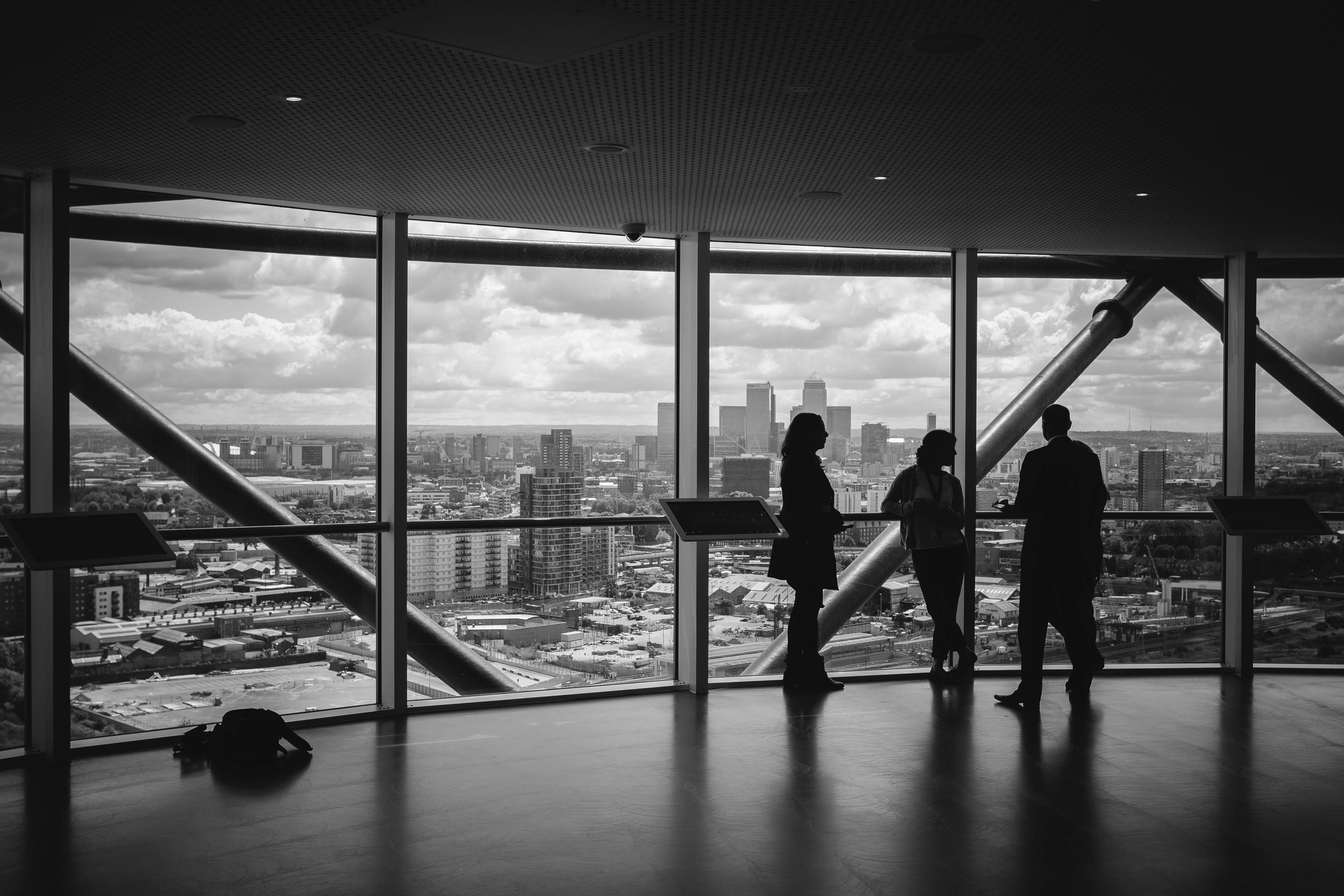How Exhibition Spaces Function
Decoding the ‘zones’ within an Exhibition Stand
In the hustle bustle of an exhibition floor, different exhibitors adapt different strategies for the design of their stand spaces. While few exhibitors have a well-thought out ‘Space Allocation Strategy’, some leave it to chance.
The role of a good Exhibition Design can be related with the famous AIDA model of Advertising – create Awareness > generate Interest > evoke Desire > finally culminate in Action.
Let’s decode the various zones in an Exhibition space and look at how they work within an Exhibition stand.
The zones in an Exhibition Space can be broadly defined as:
- Attraction Zone
- Information or Demonstration Zone
- Engagement Zone
- Support Zone
Attraction Zone: The role of the Attraction zone and its elements is to catch the glancing eye of the visitor and to hold it for more than the clichéd 3 seconds.
Largely driven by aesthetics, the attraction quotient depends on the shapes, structures, colors, lights, materials, tag lines, claims and all the special features and attractive elements that the Designer and the Exhibitor spent hours toiling their creative side just to get that first attention!
Information Zone: Once we have the visitor’s attention, there is a slightly larger window of time to lure the visitor. In comes the importance of the Information or Demonstration Zone. Be it a product or a service, the customer is looking for relevant information in the easiest to understand manner and in a pleasing environment.
In addition to space design principles like circulation planning, navigation and anthropometrics, this zone also depends on graphic design and communication. The booth staff and their approach is also crucial for the effectiveness of this zone. This is also the zone where a lot of important filtration happen. The design of the space and its information MUST help potential clients make the decision either to spend more time at the booth or to move out.
Engagement Zone: After the successful transition through the Attraction and Information zones, the equation now improves with the visitor, who are now keenerand more open minded to listen and engage in a conversation!
From modest round tables to refreshing bar counters or plush conference rooms and lounges – this is where the dialogue goes deeper with the potential customers. Possibly the deepest zone in your exhibition space, this is where many relationships and memories are built.
Support Zone: In the background lies Support Zone. Quietly housing facilities like storage, pantry, rest area and back office; it’s like that part of the ship which stays underwater, but silently contributes in a critical way.
The proper interplay of each of these areas constitutes only one part in the success of an Exhibition Stand. There are several other factors which complete the composition making an exhibition space conducive to serve its desired business purpose.
Conclusion: Being aware of these ‘Zones’ & their roles helps to decide how much emphasis & area must be dedicated to each zone within the stand design & layout.
For example, the size of Demonstration Zone & emphasis on Attraction Zone should be high in a booth aimed at generating more awareness and footfalls.
Whereas a booth targeted at VIPs, invitees & select audience should give more emphasis to Engagement Zones.
The conscious allocation & prioritisation of Zones can help the Exhibitor & Stand Designer make effective use of the limited space available at any exhibition stand !
*********************************************************
Author: Rohit Saraogi is a co-founder & Director at Design Desk – a leading Exhibition & Environment Design Agency in India since 2005.
Connect with Rohit on Linked In.
For more updates follow Design Desk on LinkedIn, Twitter, Facebook & Youtube.




